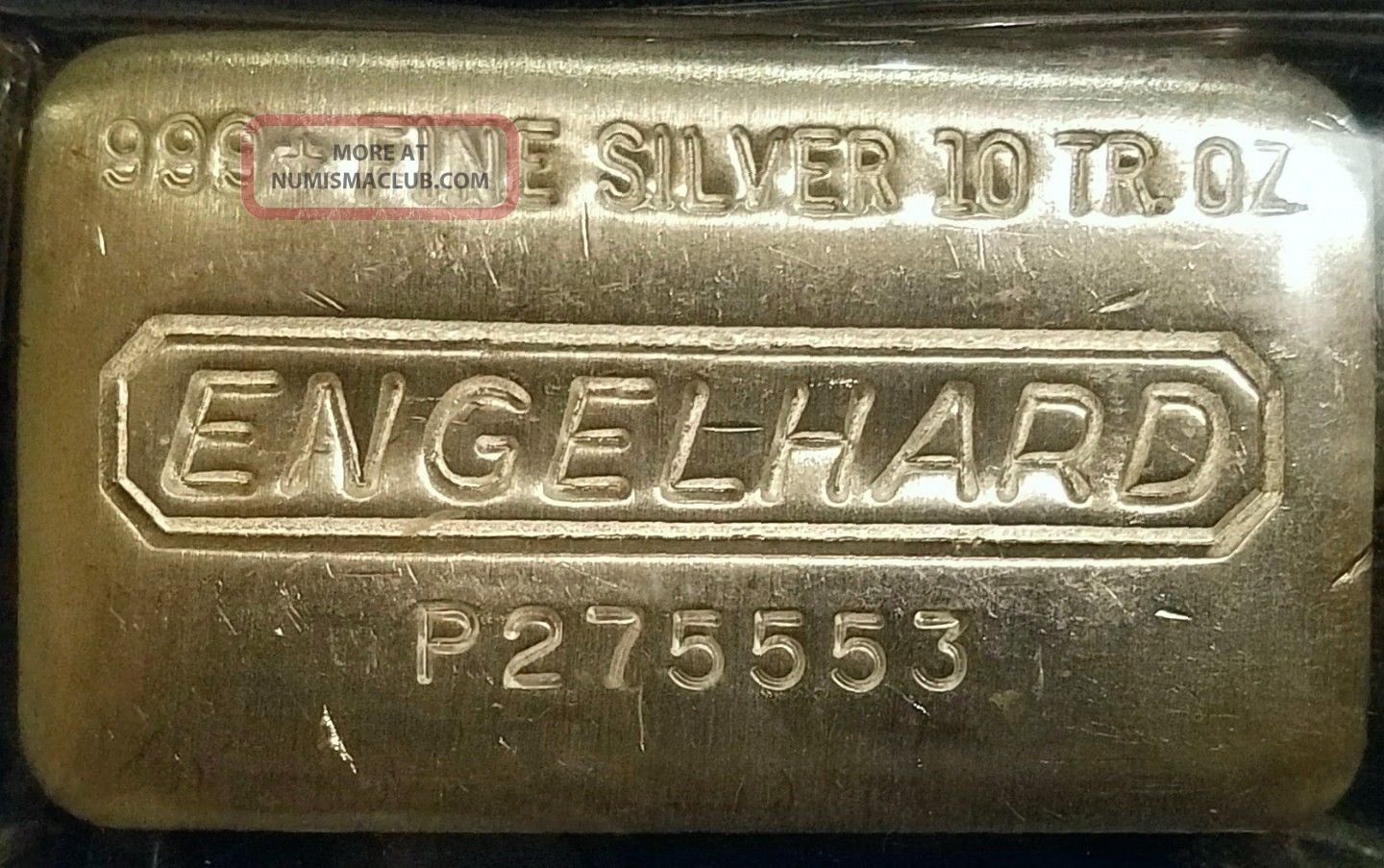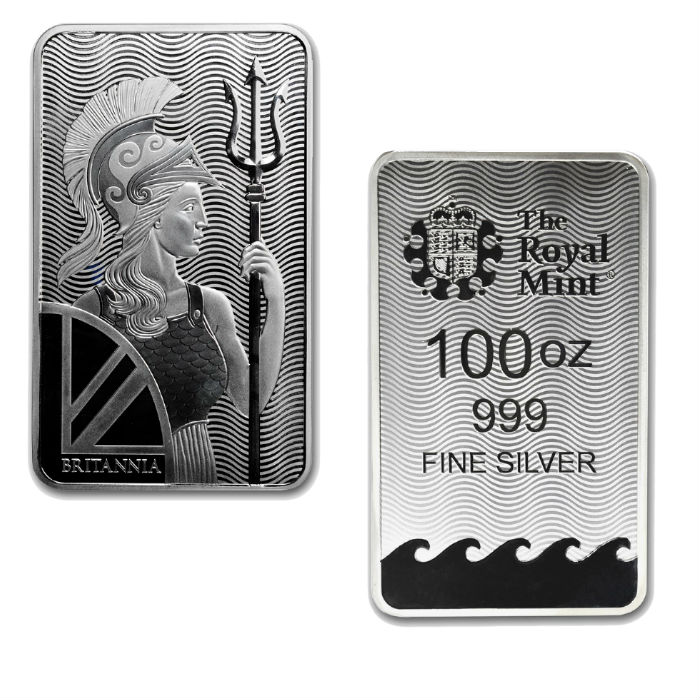

Notes under $5 were put on hold) greatly increased circulation. The introduction of low-denomination currency (as denominations of U.S. A general appropriations act of Augauthorized the issue of $1, $2, and $5 silver certificates. Congress used the National Banking Act of Jto clarify the legal tender status of silver certificates by clearly authorizing them to be included in the lawful reserves of national banks. The Bland–Allison Act established that they were “receivable for customs, taxes, and all public dues,” and could be included in bank reserves, but silver certificates were not explicitly considered legal tender for private interactions (i.e., between individuals). While more convenient and less bulky than dollar coins, the silver certificate was not accepted for all transactions. Reception by financial institutions was cautious. The first silver certificates (Series 1878) were issued in denominations of $10 through $1,000.
1 OZ SILVER BAR SERIAL NUMBER SERIES
Large-size silver certificates Įducational Series one-dollar silver certificate (1896). It did not provide for the "free and unlimited coinage of silver" demanded by Western miners, but it did require the United States Treasury to purchase between $2 million and $4 million of silver bullion per month from mining companies in the West, to be minted into coins.

In response, the Bland–Allison Act, as it came to be known, was passed by Congress (over a presidential veto) on February 28, 1878. Some blamed the passage of the Act on a number of external factors including a conspiracy involving foreign investors and government conspirators. Members of Congress claimed ignorance that the 1873 law would lead to the demonetization of silver, despite having had three years to review the bill prior to enacting it to law. Further public agitation for silver use was driven by fear that there was not enough money in the community. Prompted by a sharp decline in the value of silver in 1876, Congressional representatives from Nevada and Colorado, states responsible for over 40% of the world's silver yield in the 1870s and 1880s, began lobbying for change. People began to refer to the passage of the Act as the Crime of '73. By 1875 business interests invested in silver (e.g., Western banks, mining companies) wanted the bimetallic standard restored. While the Coinage Act of 1873 stopped production of silver dollars, it was the 1874 adoption of Section 3568 of the Revised Statutes that actually removed legal tender status from silver certificates in the payment of debts exceeding five dollars. The Coinage Act of 1873 intentionally omitted language authorizing the coinage of “standard” silver dollars and ended the bimetallic standard that had been created by Alexander Hamilton.


Silver certificates are a type of representative money issued between 18 in the United States as part of its circulation of paper currency. $5 Series 1899 silver certificate depicting Running Antelope of the Húŋkpapȟa.


 0 kommentar(er)
0 kommentar(er)
